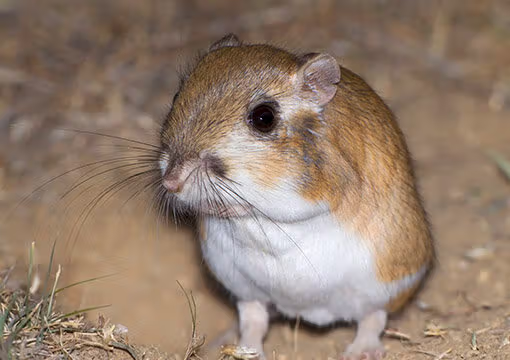< 1 mn read
- Kangaroo Rat
- Habitat: Deserts of North America
- Adaptation: Kangaroo rats obtain all the water they need from their diet, primarily seeds, and produce additional water internally through metabolism. They can break down food into metabolic water, allowing them to thrive in arid environments.
- Koala
- Habitat: Eucalyptus forests of Australia
- Adaptation: Koalas get most of their water from eucalyptus leaves, which are high in moisture. They have a slow metabolism and low water needs, so they rarely need to drink water.
- Thorny Devil
- Habitat: Deserts of Australia
- Adaptation: The thorny devil absorbs moisture from the air through tiny grooves in its skin. Dew collects on its skin and flows into its mouth, allowing it to stay hydrated without direct drinking.
- Desert Tortoise
- Habitat: Deserts of the United States and Mexico
- Adaptation: Desert tortoises eat moisture-rich plants and store water in their bladders. They can survive for up to a year without drinking water, relying on their stored reserves.
- Giraffe
- Habitat: African savannas
- Adaptation: Giraffes get most of their water from the leaves they consume, especially acacia leaves. They also conserve water by producing concentrated urine, reducing water loss.
These animals have evolved unique adaptations to survive in environments where water is scarce, demonstrating the remarkable ways in which nature finds solutions to hydration challenges.

